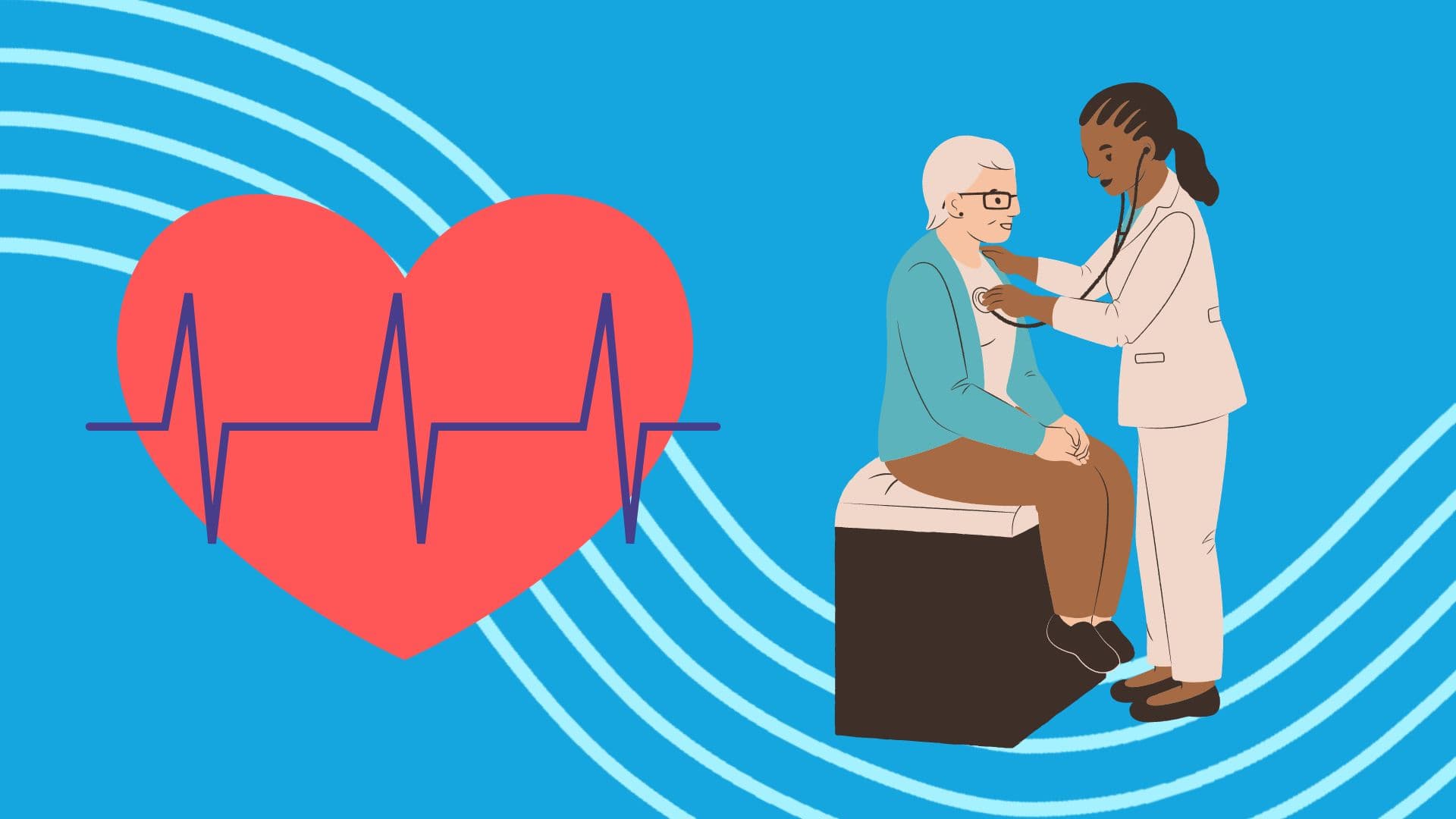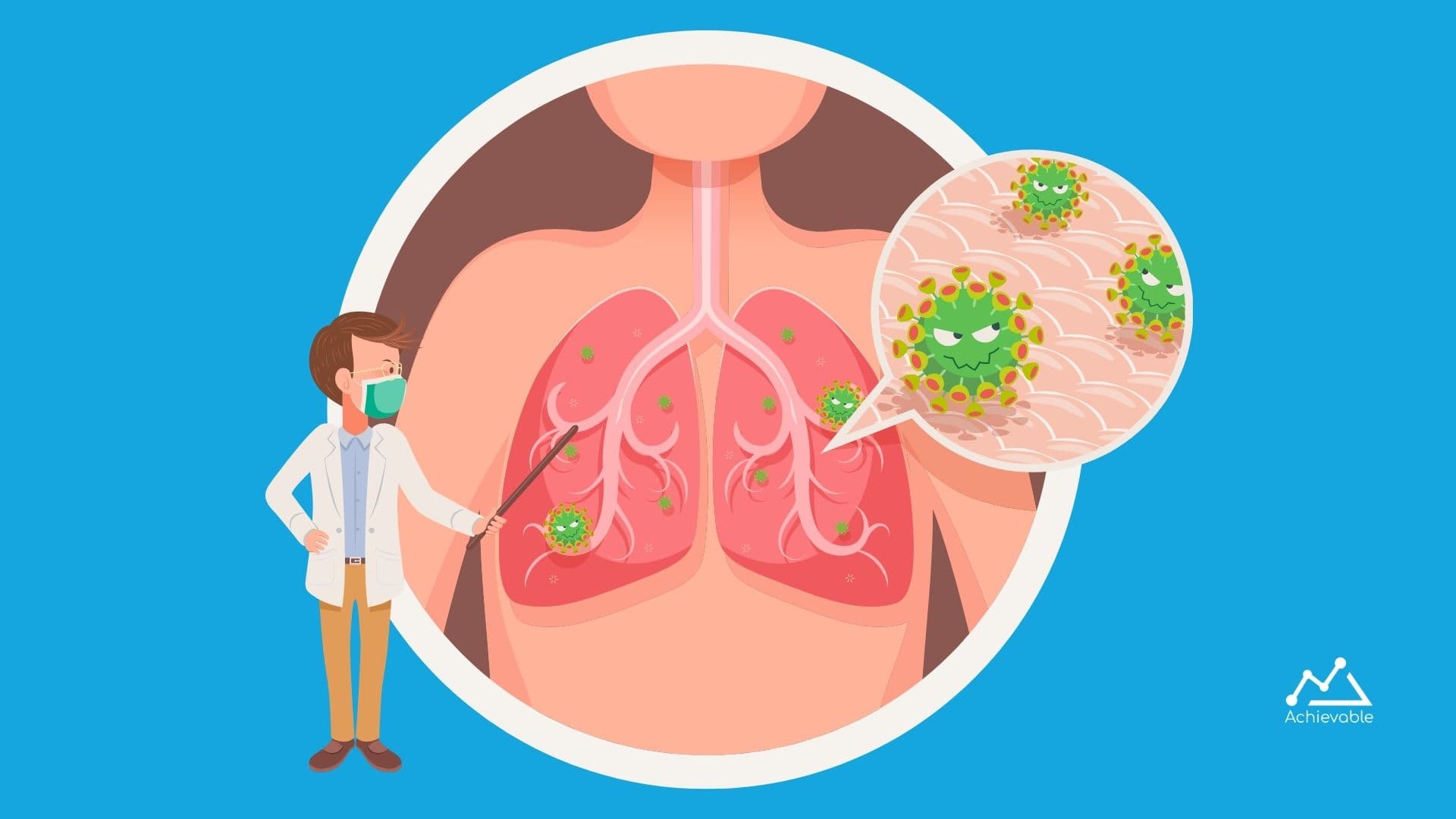
Congenital heart disorders (CHDs) are a common cause of infant morbidity and mortality and some conditions may even present initially in adulthood. This video explains how to classify CHDs as cyanotic and acyanotic and describes classical clinical, physical examination and diagnostic features of common CHDs.
If you’re looking for a comprehensive course to pass your USMLE Step 1 exam the first time, try Achievable’s USMLE Step 1 course. Our course is information rich, concise, and uses spaced repetition-backed practice questions to improve your memory retention.
0.4s Hello everyone. This is a job for father of grace us, Emily and Davis. Emily alternate achievable in this video. I would like to go with some concepts related to congenital have disorders. 13.3s The congenital heart disorder can be divided as synoptic versus a synoptic heart diseases. 22.1s The synoptic heart diseases can be classified. As the five Keys, the five Keys stand for in technology of fellow. Transposition of great arteries. Truncus arteriosus. Totally anomalous pulmonary venous return and tricuspid atresia. 41.8s The important. A sign of the congenital heart, disorders are atrial and ventricular, septal defect patent ductus arteriosus and coarctation of aorta. 54.2s Let's discuss the SI. No te congenital heart diseases. First ventricular septal defect is the most common congenital heart disease in most cases of ventricular. Septal defect the defect is in the membranous portion of the interventricular septum 74.0s In many cases, ventricular septal defect or where she is asymptomatic. In some people, it may become symptomatic as a recurrent lower. Respiratory tract infections. 87.8s in rare cases, who develop eisenmenger syndrome, sinuses middle of intervention cooler, septal defect 96.8s Physical examination. She was a harsh band systolic or systolic murmur at the lower leg. Stand border. Cardiac catheterization is a gold standard for diagnosis and it will show increase oxygen saturation in the light when pickled. And in the pulmonary artery, there is an increased risk for infective endocarditis. In all cases of BSD, 121.4s Atrial septal defect rasc can be off multiple types. The most common when is Peyton foramen, ovale of AC is the most common congenital heart disease which is a diagnosis in adults. 139.4s The presentation of atrial septal defect or EC is very similar to ventricular septal. Defect many cases are asymptomatic. Some cases may present with frequent lower, respiratory tract infections and slow weight gain in childhood in adulthood people with Peyton for a man, a whale or a 30-second affect my present with paradoxical embolism. Meaning of deep. Venous Thrombosis which can travel across the heart and result in a stroke. 173.5s There is a fixed split of S2 on physical examination. In some cases, they may be a systolic murmur in the upper body and sometimes a mid diastolic, Rumble in the lower right channel border. 189.0s Cardiac catheterization will show increased oxygen, saturations not only the right ventricle and the pulmonary artery, but also in the right atrium. 201.1s Patent, ductus arteriosus or PDA is often associated with congenital rubella syndrome. 208.1s The ductus arteriosus in fetal. Life connects the pulmonary artery to the aorta, and it does have normal for the doctors arteriosus to remain, patient after birth. 221.3s PTA presents with cardiac failure. Growth retardation and frequent lower, respiratory tract infections. 231.8s Overtime, pulmonary hypertension, Red Devil which may cause a reversal of shunt in the Peyton ductus arteriosus causing deoxygenated blood to reach the lower extremities leading to a differential diagnosis in different shows sinuses the upper body in Spink or a synoptic. Where is the lower body is cyanotic or blue? 256.7s Physical examination. Shows the presence of a continuous Mammoth also called his Machinery mirmont, continuous mermaids, that can be heard in both systole as well as diastole cardiac catheterization will show increase oxygenation only in the penguin area treat not in the right ventricle or the right atrium. 280.0s All the surgeries, a definite agreement for patent ductus arteriosus, intravenous indomethacin can be given to close the VA. 291.8s Quotation of aorta is a construction on narrowing of the aorta. It is of two types productive, which is more common and it is also called his infant child supposed to doctor Which is less, never seen in others. In free Doctor Who outpatient of aorta, the constriction is proximal to the doctors arteriosus in post. Seductive corrugation, the construction is distal to the location of the doctors are camellias, 324.9s Quotation of Toyota is more common in boys. If it is diagnosed in girls, they need to be evaluated for Turner syndrome. 334.5s Physical examination shows a systolic ejection murmur which can be heard at the. Apex, the lips Channel border and the interscapular area. 345.6s Call Tashan. Uniquely shoes. Reduce blood pressure in the lower extremities because of the construction of the aorta and increased blood pressure, in the upper extremities, which can even lead to Berry aneurysms and intraventricular hemorrhage. 363.6s The real blood flow may be decreased leading to a higher-end in hypertension. Reduce blood pressure in the lower extremities also clinically presents in the form of weak, femoral pulses radio, femoral delay, and claudication in the extremities. 383.4s Just text me, will show characteristic rib, nothing, which is seen right under the ribs because of increased collateral circulation, the chest. X-ray shown in the slide points to the area where the airport is constricted. 400.5s Let's take a look at the sign of the congenital. Heart disease has the two most important CH these that we need to know our technology of fellow and transposition of great arteries. 414.1s Technology of fellow at UF is the most common cyanotic, congenital heart disease. It is characterized by four components. These are ventricular septal defect Seminary stenosis, right? Ventricular hypertrophy and overriding aorta. 433.1s Cyanosis is not seen a, but typically about twelve weeks or three months after birth other symptoms include tachypnea disneya, clubbing, and hypoxic spells also called Aesthetics spells. 450.0s Physical examination shows a systolic murmur at the lips Channel border chest. X-ray shows, typical feature of boot shaped Hut. 462.0s Text spells or hypoxic spells can be treated by oxygenation knee chest position, morphine Alpha Agonist, and beta-blockers surgery is the treatment of choice. It's a definite Improvement to plead tof. 479.5s Transposition of great arteries is a condition where the aorta rises from the right ventricle and the pulmonary artery arises from the left ventricle. Associated conditions are either ASD vsd or. Which are essential for survival. 499.0s Transposition of great arteries presents with sinuses, right and birth x-ray will show the typical appearance of egg on side. 510.3s Temporary measures like prostaglandin E1 and balloon. Septostomy can be life-saving, definitely treatment is by arterial switch procedure which should be done within the first 2 weeks of life. 525.9s I would like to mention briefly the last three cyanotic heart diseases in tapvr Auto to animal is pulmonary venous return. The pulmonary veins drain. All of the oxygenated blood into the right atrium. Instead of the left atrium, 544.5s In truncus arteriosus bought the major vessels aorta and pulmonary artery. They arise as a single trunk and there is no clear separation leading to inter mixing of blood causing sinuses. 559.3s In tricuspid, atresia, astronautic tricuspid valve lead to a right-to-left shunt causing sinuses. 569.3s In order to get a deeper understanding on this subject, I would recommend you refer development and embryology of the cardiovascular and respiratory system in a table. Us, Emily. 582.3s Thank you for watching today's video.

This video explains the changes seen in cardiac cycle tracings in valvular heart diseases. You can learn key features to help you differentiate normal from abnormal tracings in specific valvular disorders.

Becoming a pharmacy technician is an excellent choice for those interested in an accessible, lucrative career path within the healthcare field. Acquiring a pharmacy technician certification will allow you to outshine competitors and enhance your chances of obtaining your ideal position within the pharmaceutical industry. In order to earn a Certified Pharmacy Technician (CPhT) credential, …

In this video Sujata explains the pathophysiology, diagnosis and management of pneumothorax. It is a high yield concept for all steps of the USMLE. Pneumothorax is of four different types and management is guided by the type and severity.